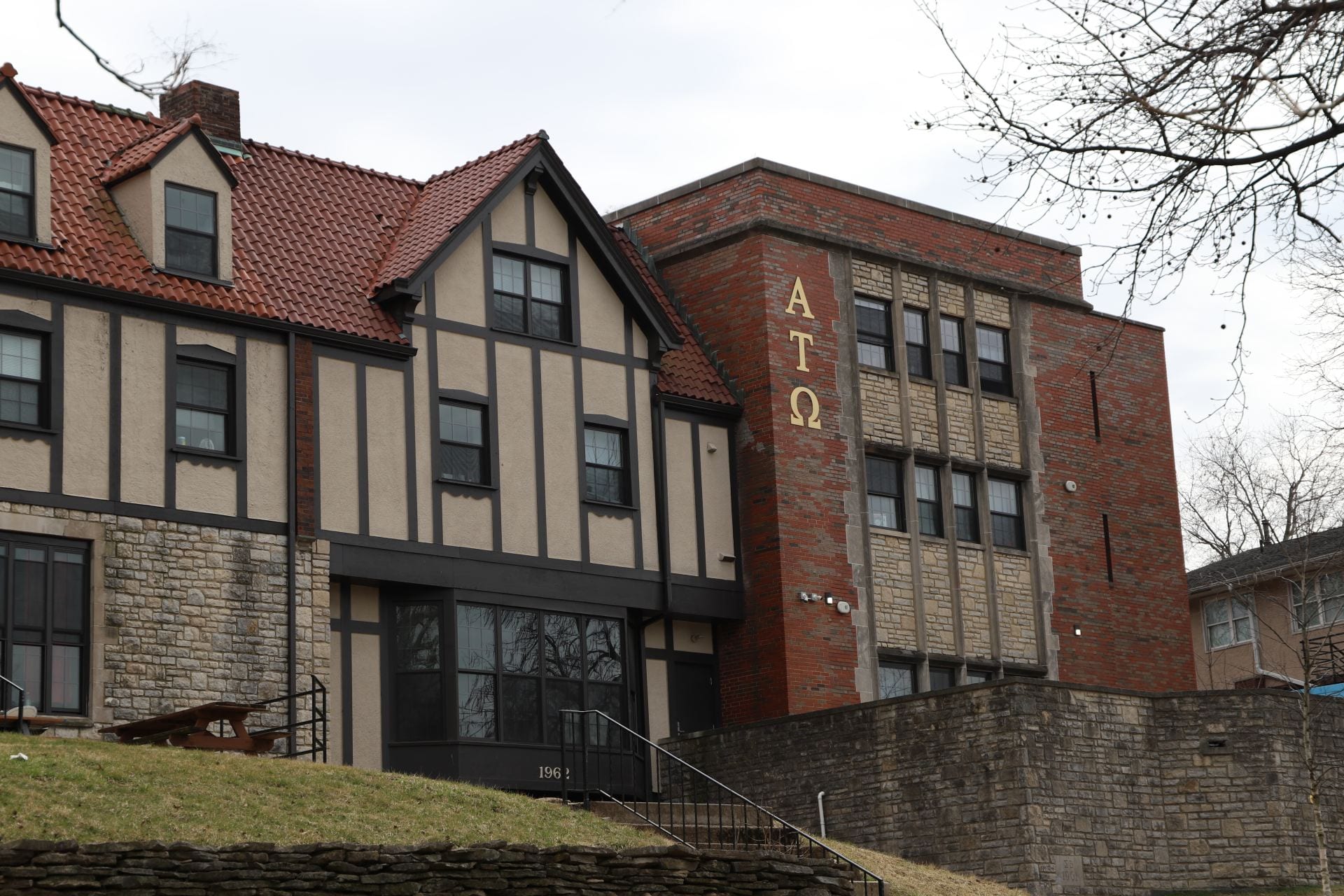
Thompson Library’s current exhibit, “Teaching with Special Collections: From Vault to Classroom,” on display until July 31, gives Ohio State students and staff members a glimpse into archived syllabi, essays and videos from Ohio State’s archives. Credit Zachary Rilley | Photo Editor
“Teaching with Special Collections: From Vault to Classroom,” which will remain on view until July 31 at Thompson Library, displays how Ohio State’s archival collections, from medieval to modern, have been used within classrooms.
Jeremy Stone, the exhibit’s coordinator, said the exhibit will use Ohio State’s collection of archived primary sources — including videos, course syllabi and other essays — to display how these materials have been used to innovate coursework.
Stone said the exhibit’s goal is revealing the university’s special collections’ potential for connecting students and professors, not to mention providing more diverse experiences within classroom settings.
“They could potentially build an entire course studying the history of specific objects or specific collections,” Stone said.
Eric Johnson, the head of Thompson’s special collections, said the exhibit will feature everything from medieval manuscripts to modern costumes and textiles, all of which showcase the different forms of teaching Ohio State has supported throughout time.
“It’d be a real opportunity, we all thought, for the entire special collection division at Ohio State to really highlight all of the varied kinds of teaching and student support that our collections do every year,” Johnson said.
Stone said one of the exhibit’s displays features a video of Ohio State dance students finding old choreography and reperforming the dances.
Another display presents the syllabus and materials used for an English class that were analyzed in the archives to study old rhetoric and language styles of the early 19th century, Stone said.
“These materials aren’t just sitting here hidden away on the shelf,” Stone said. “We’re actively encouraging faculty members to inquire with the curators and find out what is available and how they can tie that to their coursework.”
Stone said faculty are encouraged to talk with the curators to find out what is available and how they could integrate the materials from the archives into their coursework.
“One of the main focuses is to actually get the materials and these collections into faculty and students’ hands to help provide a more diverse experience and access to these materials as they continue their education,” Stone said.
Notably, Stone said every display possesses a label that educates viewers about any given object, its connection to central exhibit themes and how the materials were used within classrooms of the past.
More information about the exhibit and its assorted articles can be found on the library’s website.


